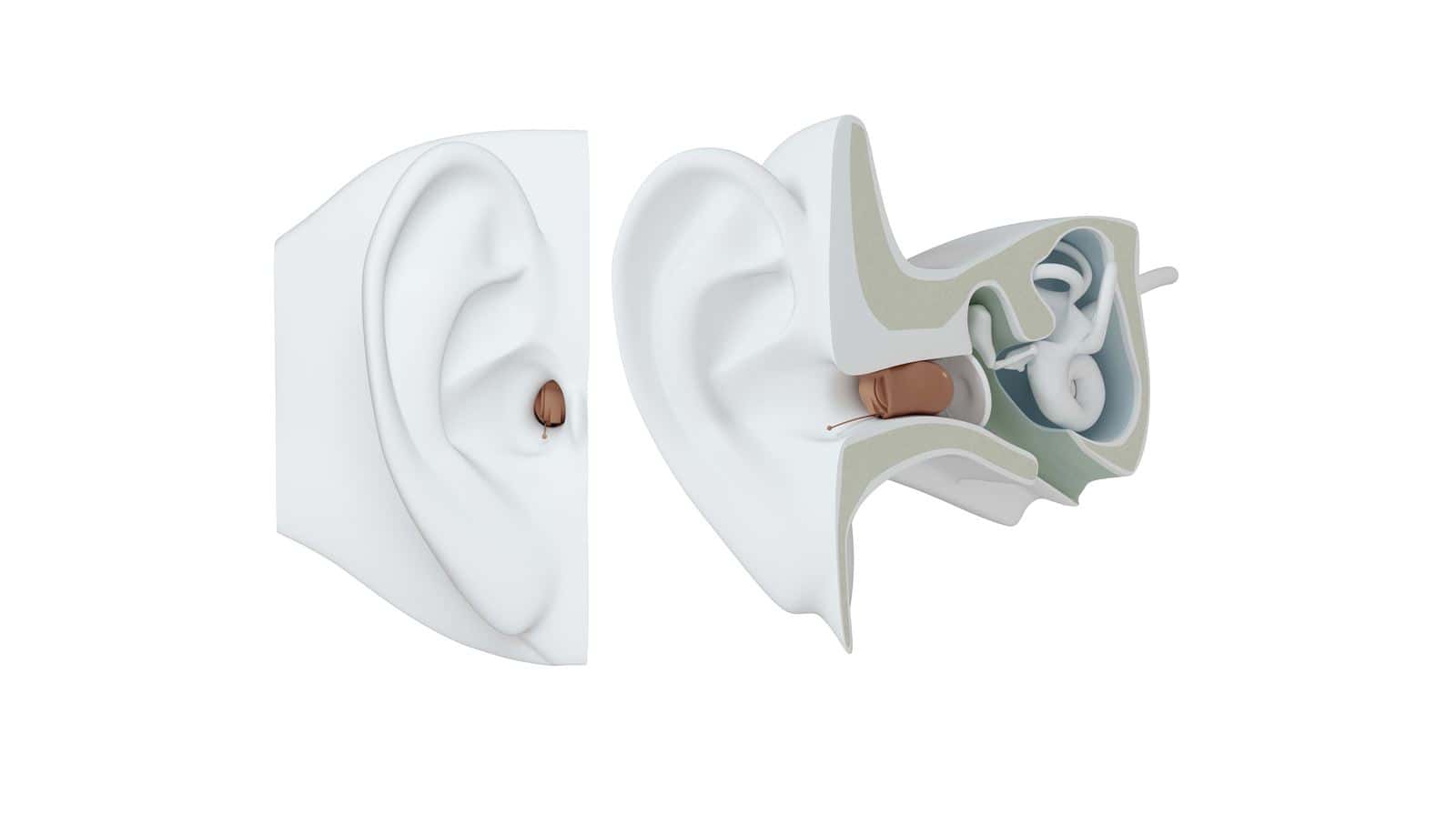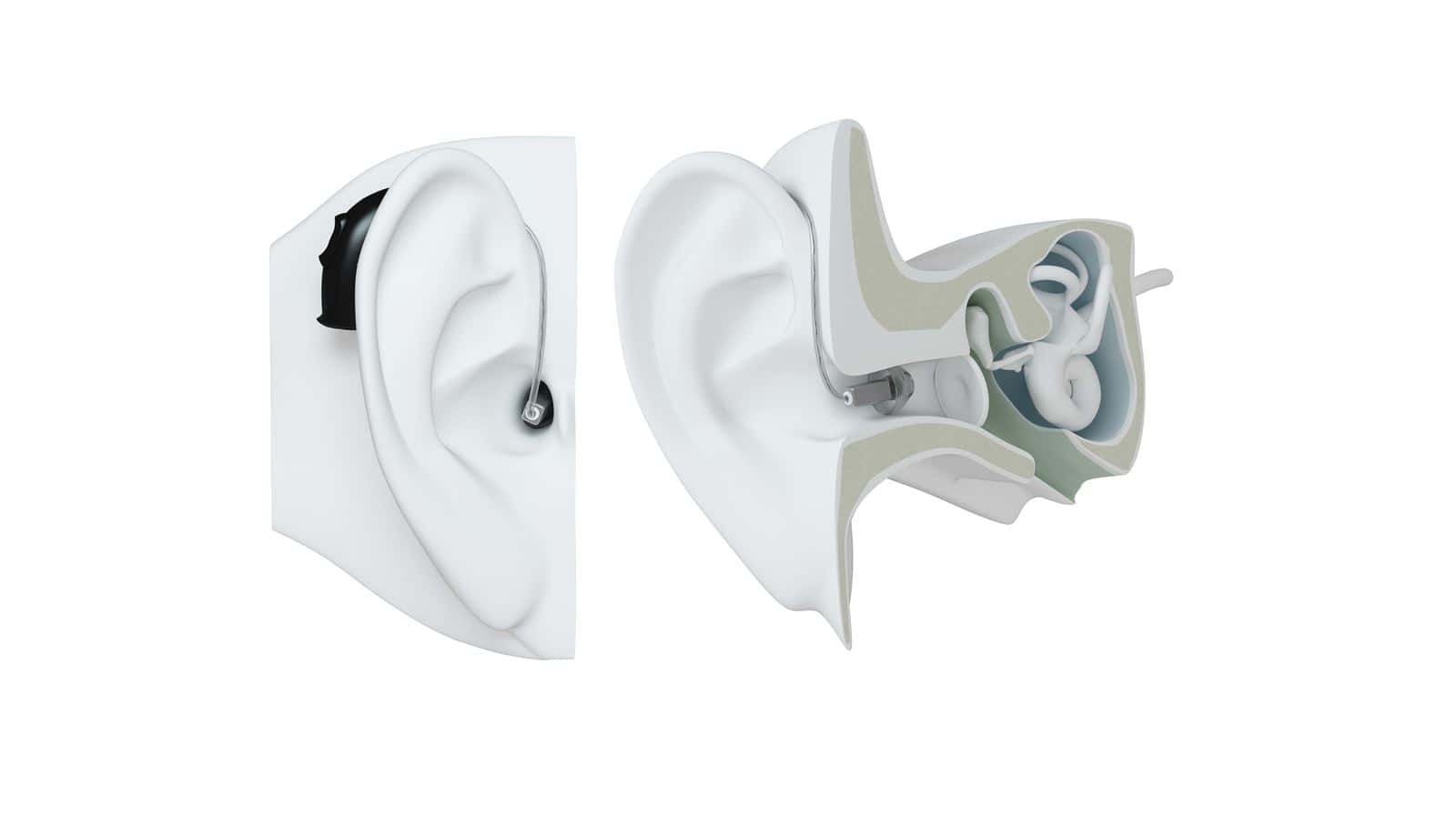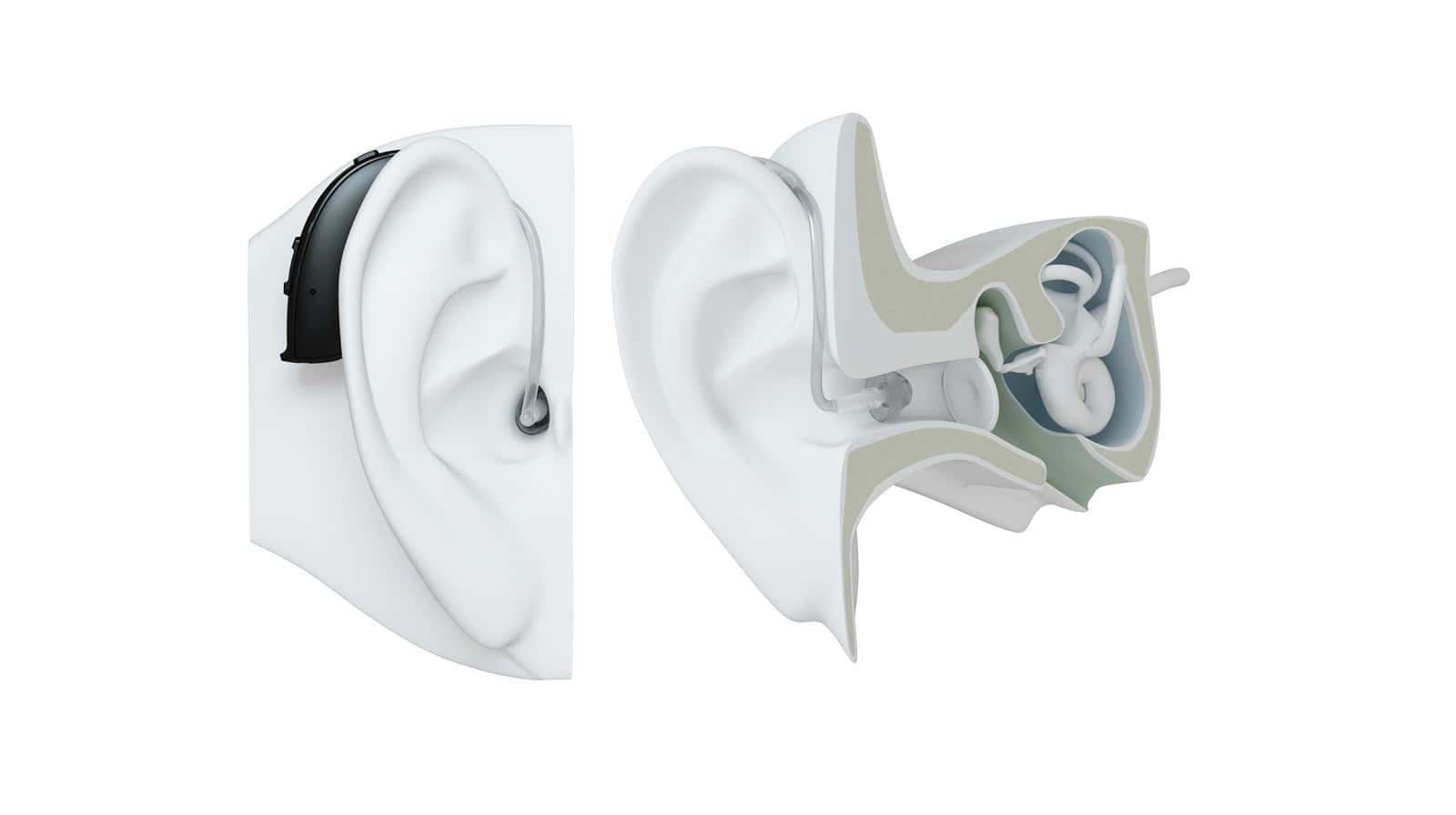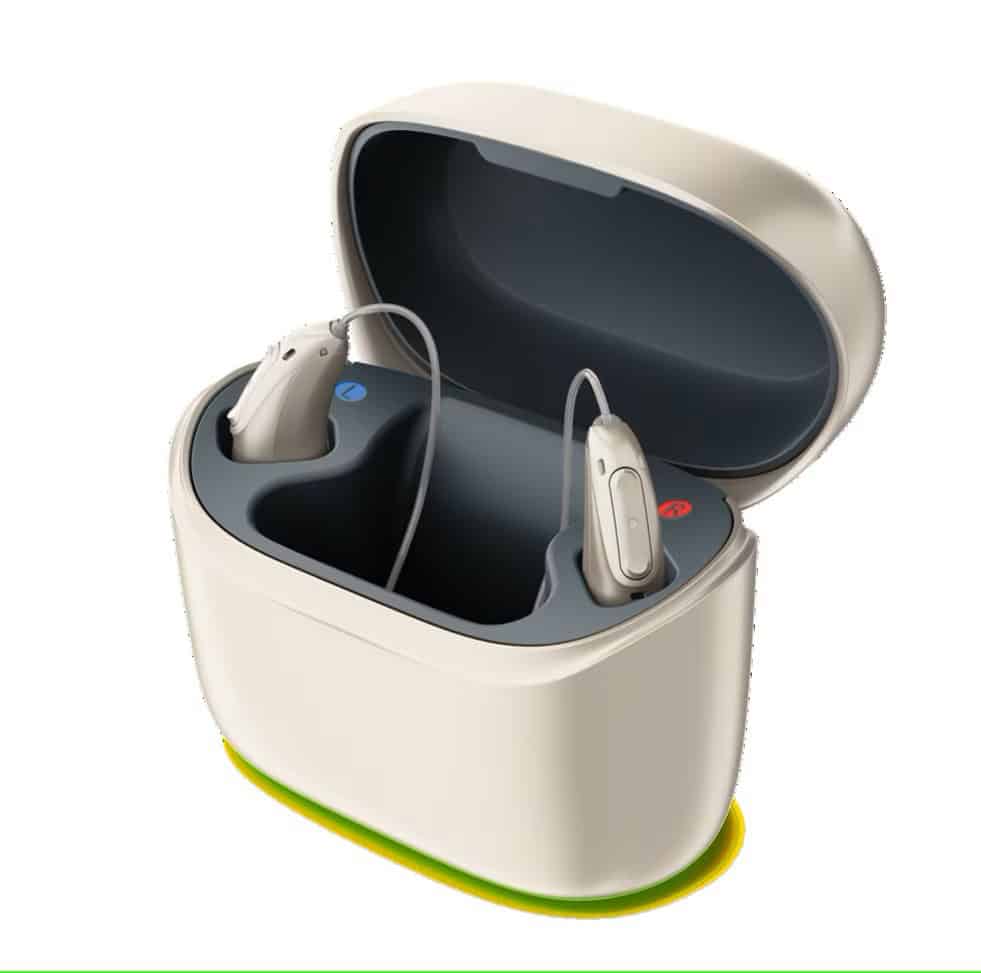Hearing Aid Styles
Evaluating Your Needs
Before choosing a hearing aid, your audiologist will assess the severity of your hearing loss. They will also consider your lifestyle. For example, do you spend time in noisy environments, or are you mostly in quiet settings? Different hearing aids offer different features, so understanding how and where you’ll use them is key.
The cost of hearing aids is typically based on the technology and features they offer, not the style. This means that two devices might look similar but have very different price points depending on the technology inside.
Types of Hearing Aids
Custom Hearing Aids
Custom hearing aids are made specifically for your ear. They are created using a mold of your ear, ensuring a perfect fit. These devices are generally suitable for people with mild to severe hearing loss and are most commonly used by adults.
Custom hearing aids come in several styles:
- In-the-Ear (ITE): This style fits entirely in the outer ear and is easy to handle.
- In-the-Canal (ITC): ITC devices are smaller and sit partly in the ear canal.
- Completely-in-the-Canal (CIC): CIC hearing aids are almost invisible and fit deep into the ear canal.
- Invisible-in-the-Canal (IIC): These are the most discreet hearing aids and are nearly undetectable when worn.
Each of these styles offers a tailored fit and provides a personalized experience.

Receiver-in-Ear (RIE) and Receiver-in-Canal (RIC) Hearing Aids

Behind-the-Ear (BTE) Hearing Aids


Hearing Technology
Hearing aids come with different features to help you get the most out of your device. Most modern hearing aids are Bluetooth-compatible, allowing you to make hands-free phone calls or stream audio directly from your phone or other devices. This can make a big difference in your daily life, especially if you frequently use technology like smartphones or computers.
When selecting a hearing aid, it’s important to consider the features that will benefit you the most. For example, if you’re very active or spend a lot of time in loud environments, you might need a device with noise reduction technology. On the other hand, if you spend most of your time in quiet spaces, a simpler device might work just fine.
